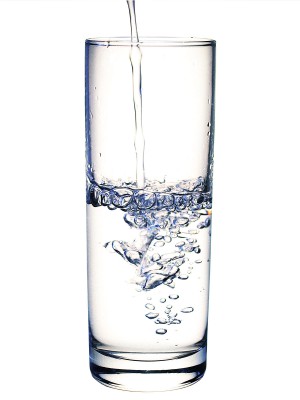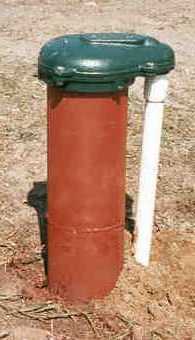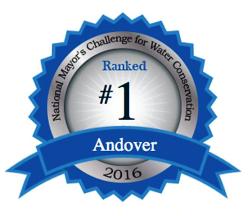(Update, May 11, 2017) Springbrook Nature Center (Fridley) has joined to distribute kits for well water testing and to promote safe drinking water for all Anoka County residents.
(UPDATE, May 7, 2017) Wargo Nature Center (Lino Lakes) has joined to distribute kits for well water testing and to promote safe drinking water for all Anoka County residents.
The Anoka County Community Health and Environmental Services (CHES) Department, in cooperation with 15 municipalities and county agencies, is sponsoring the 18th annual Well Water Wise (3W) week promotion May 8-12, 2017 to encourage residents to check the safety of their private well water. For information on private well testing go to the Anoka County Environmental Services Well Water Testing webpage or call 763-422-7063.
County residents may pick up a well water test kit at participating city and township offices (listed below) or in the Environmental Services Unit, Suite 600 of the Anoka County Government Center, 2100 3rd Avenue in Anoka. Water samples can be submitted to the county’s Environmental Services Unit for analysis every Monday from 8 a.m. to 4:15 p.m. and Tuesday from 8 a.m. to noon.
During 3W week, samples can be submitted Monday through Thursday (8 a.m. to 4:15 p.m.) and Friday (before noon). The well water testing kit includes details about water collection and submission. A laboratory fee of $30.00 will be charged for coliform bacteria and nitrate-nitrogen analysis.
Unlike public water utilities, private well water is not treated with chlorine to prevent bacteria growth. Simply looking at the appearance of drinking water is not a reliable indicator of whether it is safe to drink. An annual coliform bacteria test is a good way to ensure that your drinking water continues to be free of bacteria.
Nitrate-nitrogen occurs naturally in groundwater and wells at concentrations below one milligram per liter (mg/L). Nitrogen can seep into private wells from a variety of sources including septic systems, nitrogen fertilizers, animal feedlots, and landfills. The Minnesota Department of Health has established a Health Risk Limit (HRL) for nitrate-nitrogen at 10 mg/L. Levels above that point may pose an immediate risk to infants and pregnant women.
The testing of private wells used for drinking water is the responsibility of individual owners. There are an estimated 25,000 private wells in service throughout Anoka County. Only a small percentage of them are tested annually. For more information about well water testing, call the Environmental Services Unit at 763-422-7063.
Pick up a well water testing kit at participating communities and agencies:
- City of Andover, City Hall (1685 Crosstown Blvd. NW)
- City of Bethel, City Hall (23820 Dewey Street)
- City of Blaine, City Hall (10801 Town Square Drive)
- City of Centerville, City Hall (1880 Main Street)
- City of Columbus, City Hall (16319 Kettle River Blvd. NE)
- City of East Bethel, City Hall (2241 221st Avenue NE)
- City of Ham Lake, City Hall (15544 Central Avenue NE)
- City of Lino Lakes, City Hall (600 Town Center Parkway)
- Linwood Township, Township Hall (22817 Typo Creek Drive NE)
- City of Nowthen, City Hall (8188 199th Ave. NW)
- City of Oak Grove, City Hall (19900 Nightingale St. NW)
- City of Ramsey, City Hall (7550 Sunwood Drive NW)
- City of St. Francis, City Hall (23340 Cree St NW)
- Anoka Conservation District (1318 McKay Drive NW, Suite 300, Ham Lake)
- Anoka County Extension Service (550 Bunker Lake Blvd. NW, Andover)
- Wargo Nature Center (7701 Main Street, Lino Lakes)





 June 6th, 2017
June 6th, 2017  knowtheflow
knowtheflow 















